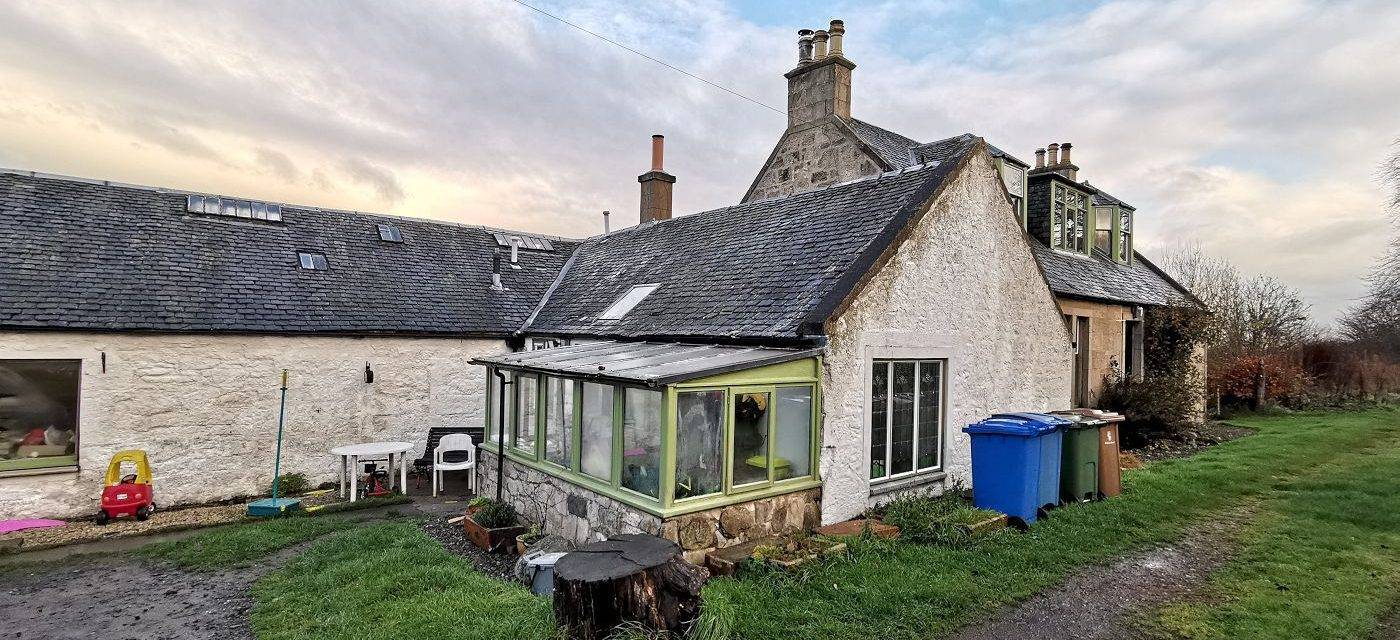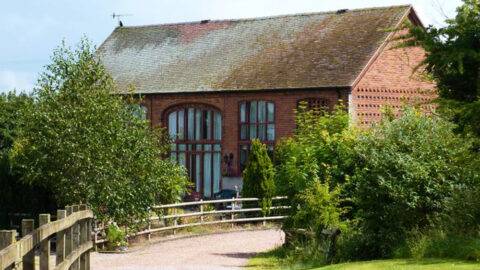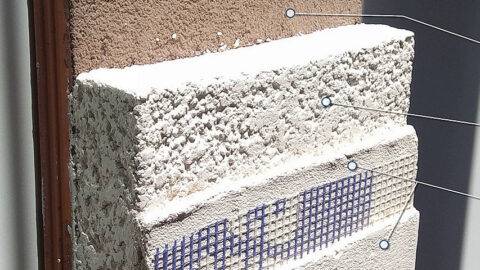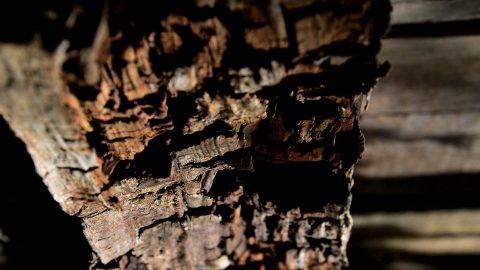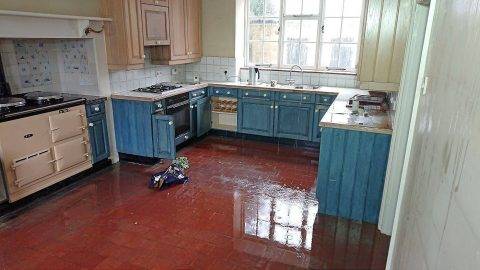This article was written for those who seriously consider converting a barn, or those who…
Potential Reasons Behind the Decay of Old Walls
While doing a dampness survey the other day on an old farm building I noticed that under the windows the stonework is much more "worn" than in other parts. This made me thinking a bit on why this might be the case and I can see a combination of a few factors contributing to this problem. Here are some pictures of the wall in question:
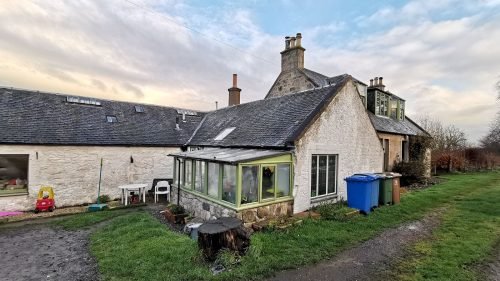
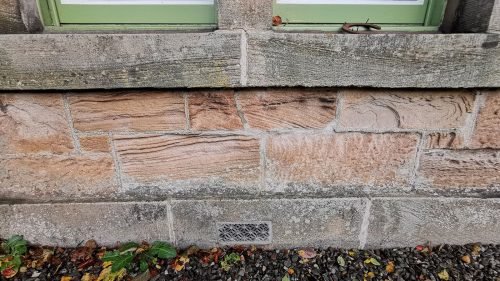
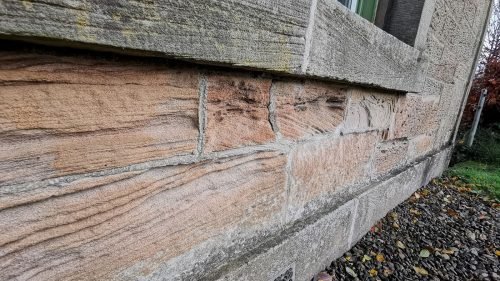
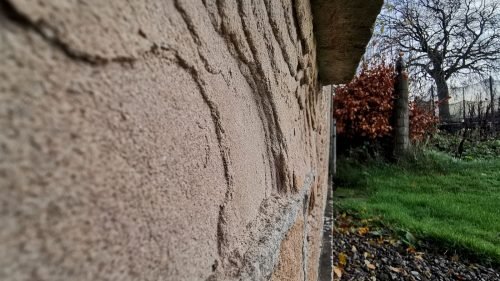
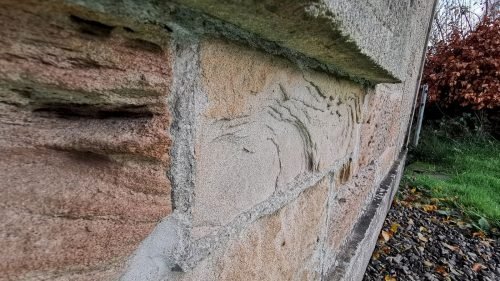
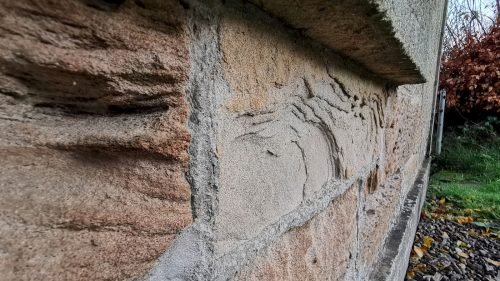
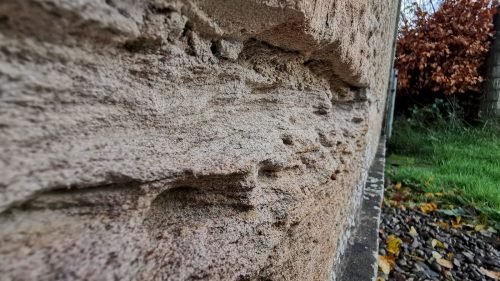
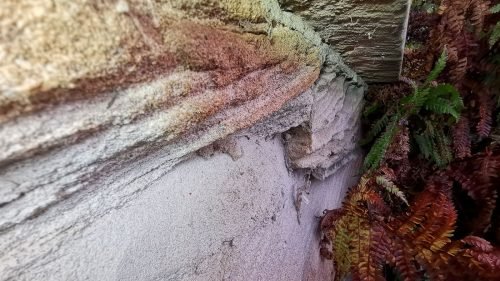
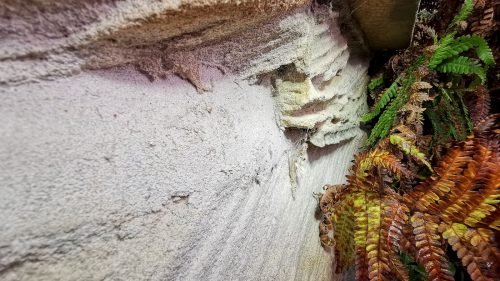
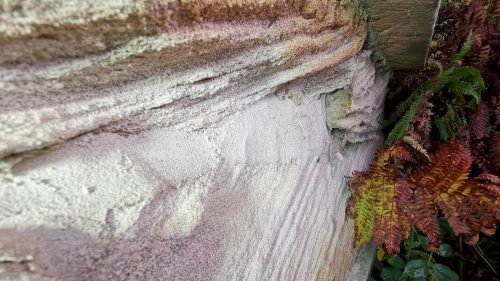
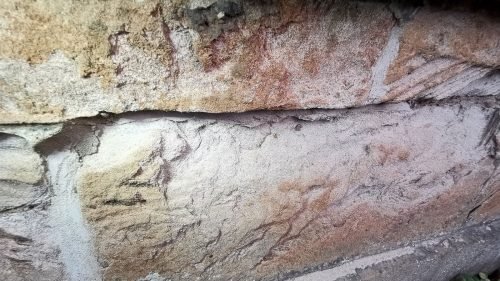
- The material of the stone: softer stones tend to decay faster than harder ones. Sandstone is one of the softer stones. Frost, acid rain (due to air pollution being washed down by rain) all contribute to the decay of the stonework.
- Rising damp: due to the natural aging of the building fabric salts will be wicked into the building fabric by the phenomenon known as rising damp, which despite common knowledge includes a number of moisture transport mechanisms not just capillary rise alone. Salts expand in volume while crystallize into the building fabric, breaking down the mortar and the softer stones.
- Interstitial (in-depth) condensation: under the windows the walls are much thinner thus more subject to the cooling effect of the environment. The hot-cold interaction results in condensation, not only on the internal surface of the walls but in-depth, throughout the fabric. Condensation moisture forms inside the capillaries which dilute some of the deposited salt crystals inside the capillaries. Cyclic changes in temperature and humidity can trigger further salts crystallization, and the expanding crystallizing salts will further break down the stonework.
- Rainwater / wetting: rainwater has a similar wetting effect as condensation. Rain dilutes the salts around the external face of the walls creating additional crystallization stress resulting in potential building fabric decay.
- The cement pointing: cement pointing being non-breathable prevents the evaporation of moisture through the mortar bed, forcing the water to evaporate through the softer stone. Crystallizing salts break down the stone resulting in an unsightly appearance.
As you can see, most of these factors are about the interaction of water and salts. Salts can permanently damage the building fabric through the crystallization pressure they exert onto the capillary walls. Because this is cumulative, additive process - more and more salts crystallizing into the building fabric over time - the decay and the crumbling gets worse as the building ages. Various solutions are available to this problem - feel free to contact us for more details.

